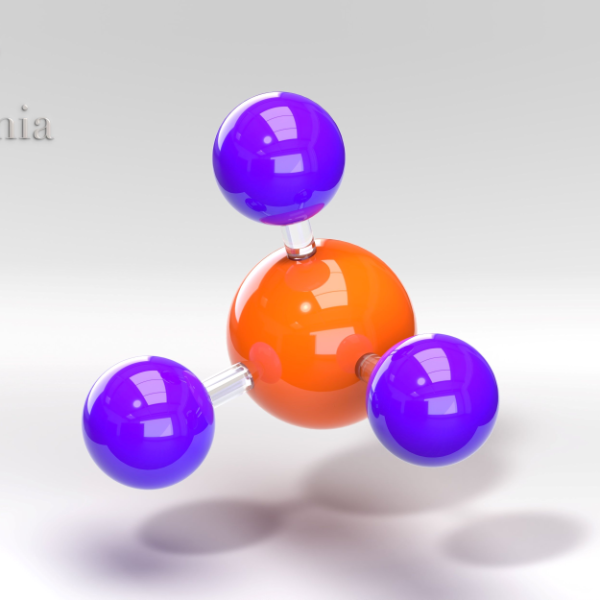Risks of transporting green ammonia

Risks of transporting green ammonia
Liquid ammonia is an economically attractive means of transporting hydrogen. To get the ammonia from A to B, pipelines are needed. But ammonia is a toxic substance that is subject to strict safety requirements. For this reason, the Ministry of Infrastructure and Water Management (IenW) asked Witteveen+Bos and AVIV to identify various scenarios, including their associated risks, for transporting ammonia.
Hydrogen produced from wind and solar energy is going to play an increasingly large role in the energy transition. This green energy carrier, however, has a low energy density, which means that transporting it requires more energy than other carriers. Natural gas, for example, has a comparatively higher energy density and is therefore cheaper per unit of energy to transport. Liquid ammonia, too, has a high energy density, making it a promising means for transporting green hydrogen over long distances.
Additional safety requirements
The Netherlands has little experience with large-scale pipeline routes for transporting liquid ammonia along inhabited areas. In terms of industrial and environmental safety and disruption to society, incidents involving ammonia have the potential for significant impact, partly due to the large impact distance involved (i.e. the distance over which people could be affected). Additional safety requirements and/or policies are therefore required. We investigated various scenarios involving accidents related to transporting ammonia through pipelines, including the risks each posed.
Optimising modelling method
The focus of our investigations was on liquid ammonia under pressure, also known as hot ammonia, with a burst pipeline being the scenario given most attention. We looked at the degree to which accidents could be managed and which measures could be applied. To do this, we reviewed the current modelling method and calculated various risk configurations. Our final report cited flaws in the current modelling method and included recommendations for its improvement. These took into account the amount of ammonia expected to be transported in the Netherlands.
Exercises
This projected throughput was calculated for various pipeline specifications using the Safeti-NL software, the programme prescribed for calculating local risk contours (‘plaatsgebonden risicocontouren’), affected areas (‘aandachtsgebieden’) and collective risk (‘groepsrisico’) in the Netherlands. We also conducted exercises using a reference design based on existing ammonia pipelines in Europe. Using this design, we calculated variations in order to analyse which parameters had the most impact. These were found to be pipe diameter and the amount of in-block segments. Finally, we compared our findings with previous investigations that examined ammonia diffusion patterns.
Mitigating measures for pipeline design
Our investigation revealed that the most likely pipeline configurations will result in a local risk contour of 10-6 per year, the standard acceptable individual risk limit.* But additional impact calculations beyond the standard risk calculations are needed to get a sufficient idea of the impact of an incident involving an ammonia pipeline. Potential mitigating measures for reducing the 10-6 risk contour include using smaller-diameter pipelines, double-walled pipelines or short in-block segments, or installing concrete slabs around the pipelines.
Highly vulnerable buildings
In determining transport routes, population density and the presence of (moderately or highly) vulnerable buildings and locations need to be taken into account. Highly vulnerable buildings – institutions housing people who cannot get themselves to safety in time – include schools, hospitals, nursing homes, and prisons. Expected ammonia throughput and 10-6 contours also need to be taken into account when determining pipeline locations and configurations.
* Within a 10-6 contour, the chance that someone will die due to a major accident involving the transport of hazardous substances is one in a million. Vulnerable objects and areas, such as hospitals, schools, large office buildings and hotels, larger shopping centres, and residential areas, must not be located within this contour.
More information?
